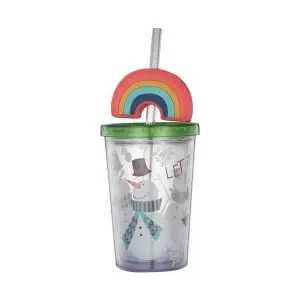Plastic water bottles have become a ubiquitous part of our daily lives, providing us with the convenience of hydrating on the go. However, the massive consumption and disposal of these bottles raises serious concerns about their environmental impact. Recycling is often touted as a solution, but have you ever wondered how many plastic water bottles are actually recycled each year? In this blog post, we dig into the numbers, discuss the current state of plastic bottle recycling and the importance of our collective efforts.
Understand the consumption scale of plastic bottles:
To get an idea of how much plastic water bottles are being consumed, let’s start by examining the numbers. According to the Earth Day Network, Americans alone use about 50 billion plastic water bottles a year, or about 13 bottles per person per month on average! The bottles are mostly made of polyethylene terephthalate (PET), which takes hundreds of years to decompose, contributing to a growing plastic pollution problem.
Current recycling rates for plastic water bottles:
While recycling offers a silver lining, the sad reality is that only a small percentage of plastic water bottles are actually recycled. In the US, the recycling rate for PET bottles in 2018 was 28.9%. This means that less than a third of the bottles consumed are successfully recycled. Leftover bottles often end up in landfills, rivers or oceans, posing a serious threat to wildlife and ecosystems.
Barriers to increasing recycling rates:
Several factors contribute to the low recycling rate of plastic water bottles. A major challenge is the lack of accessible recycling infrastructure. When people have easy and hassle-free access to recycling bins and facilities, they are more likely to recycle. Recycling education and lack of awareness also play an important role. Many people may not be aware of the importance of recycling or specific recycling guidelines for plastic water bottles.
Initiatives and Solutions:
Thankfully, various initiatives are being taken to increase recycling rates for plastic bottles. Governments, organizations and communities are implementing recycling programs, investing in infrastructure and launching awareness campaigns. Additionally, technological advancements are increasing the efficiency of the recycling process and the recyclability of plastic materials.
The role of individual actions:
While systemic change is critical, individual actions can also make a big difference. Here are some simple ways to help increase plastic water bottle recycling rates:
1. Choose reusable bottles: Switching to reusable bottles can significantly reduce plastic consumption.
2. Recycle Properly: Make sure to follow the appropriate recycling guidelines for your area, such as rinsing the bottle before recycling.
3. Support recycling initiatives: Advocate for improved recycling infrastructure and participate in community recycling programs.
4. Spread awareness: Spread the word to your family, friends and colleagues about the importance of recycling plastic water bottles and inspire them to join the cause.
While current recycling rates for plastic water bottles are far from ideal, progress is being made. It is vital that individuals, communities and governments continue to work together to increase recycling rates and reduce plastic waste. By understanding the scale of plastic bottle consumption and actively participating in recycling efforts, we can move closer to a sustainable future where plastic water bottles are recycled at a higher rate, minimizing their impact on the environment. Remember, every bottle counts!
Post time: Aug-05-2023
